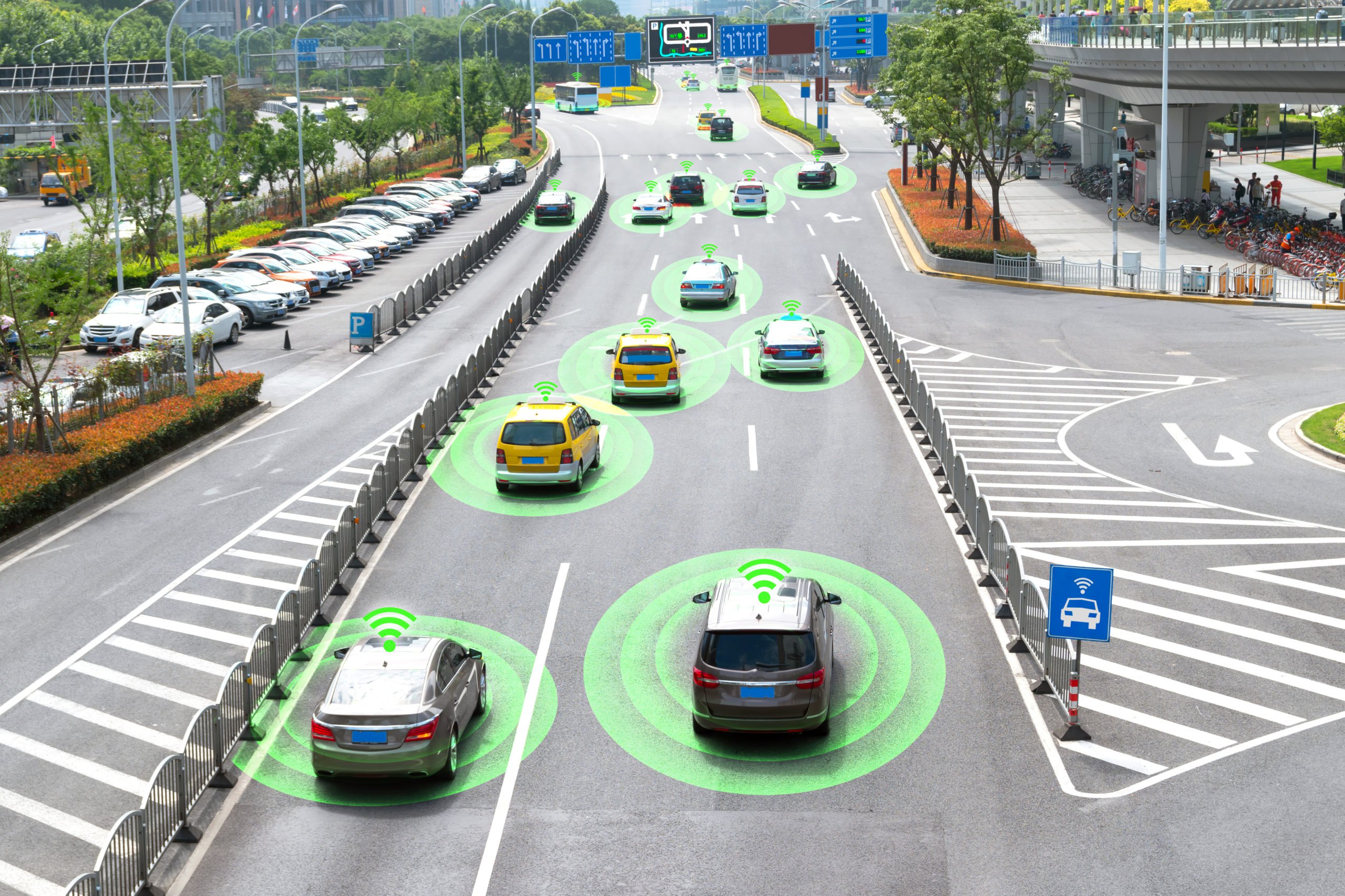AI is Making the Jobs of Construction Workers Easier and Safer
AI is revolutionizing many industries, and the construction sector is no different. It helps businesses optimize their processes by enhancing productivity and safety. Continue reading to learn nine specific ways AI could change the construction sector. In this article, we will take a look at how AI is capable of performing basic tasks that construction workers perform, such as lifting and moving objects around a job site, autonomously transporting materials, and monitoring sites for safety issues and the data annotation needed to train this technology.
Monitoring the Job Sites for Safety Issues

At a building site on Mitchell Island in Richmond, British Columbia, a team from the University of British Columbia recently presented an idea where camera-equipped aerial drones recorded details that were subsequently utilized to create a digital twin or simulation of the site. Using this knowledge, AI-equipped cranes and forklifts moved building materials like beams and columns throughout the actual site, avoiding obstacles without the assistance of a human operator.
The AI construction robots could identify objects, place objects exactly on the job site, and compare their results to a computer model to make sure they’re building as intended. They could also undertake thorough scans of structural components for quality assurance. This technology can also make autonomous decisions, such as navigating around obstacles or instantly stopping work to protect a worker who is in danger.
Moving Objects Around the Construction Site

An interesting new invention from Boston Dynamics helps construction workers move objects around the job site, thereby saving them lots of time. For example, imagine a construction worker sitting atop a scaffolding, but he forgot some tools needed for his work. Instead of hopping down to get the tools himself, an AI robot brings the tools to him. It picks up a wooden plank and uses a claw gripper to manipulate it so it can build a bridge for itself onto the scaffold. Subsequently, it grabs a tool bag, dashes it onto the scaffold, pivots it, and launches it toward the construction worker. Then Atlas flips and twists a wooden box to the ground after pushing it off the scaffold.
What’s fascinating here is that a large wooden plank is particularly difficult to manipulate. Grasping the plank, the AI robot executed a 180-degree flip instead of cautiously rotating around. This meant that in order to prevent it from toppling over, the control system had to take the plank’s momentum into account. Furthermore, the task of pushing the wooden box off the platform is surprisingly intricate. Leaning its weight into the shove without launching its own body off the platform, the AI robot had to exert enough force to make the box fall.
Creating a Better Design

Building information modeling is a 3D model-based process that provides insights to professionals in architecture, engineering, and construction, enabling them to plan, design, build, and manage buildings and infrastructure more effectively. 3D models are used to plan and design construction projects by taking into account the sequence of activities of the various teams as well as the architecture, engineering, mechanical, electrical, and plumbing (MEP) plans. Making sure that the various models from the subteams don’t clash is the difficult part.
In order to avoid rework, the industry uses machine learning in the form of AI-powered generative design to detect and reduce conflicts between the various models produced by the various teams. Software exists that generates design alternatives by exploring every possible solution through machine learning algorithms. The generative design software builds 3D models that are optimized for the constraints after the user enters requirements into the model. It learns from each iteration until it produces the best possible model.
What Types of Data Annotation are Needed to Create These AI Tools?

One of the main technologies AI robots rely on is computer vision, which allows them to identify objects in the physical world and navigate their surroundings. This means that data annotation techniques like image classification will be needed. This type of image annotation looks for instances of the same objects being shown in pictures throughout a dataset. The purpose of this technique is to teach a computer to identify an object in an unlabeled picture that resembles an object in other labeled images that were used to train the computer. The process of preparing an image for image classification is sometimes called tagging.
Semantic segmentation, which is a computer vision task where the objective is to assign a class or object to each pixel in an image, will also be needed. The objective is to create a dense map of an image’s pixel-by-pixel segmentation, where each pixel is associated with a particular class or object.
Trust Mindy Support With All of Your Data Annotation Needs
Mindy Support is a global provider of data annotation services and is trusted by Fortune 500 and GAFAM companies. With more than ten years of experience under our belt and offices and representatives in Cyprus, Poland, Romania, The Netherlands, India, OAE, and Ukraine, Mindy Support’s team now stands strong with 2000+ professionals helping companies with their most advanced data annotation challenges.




